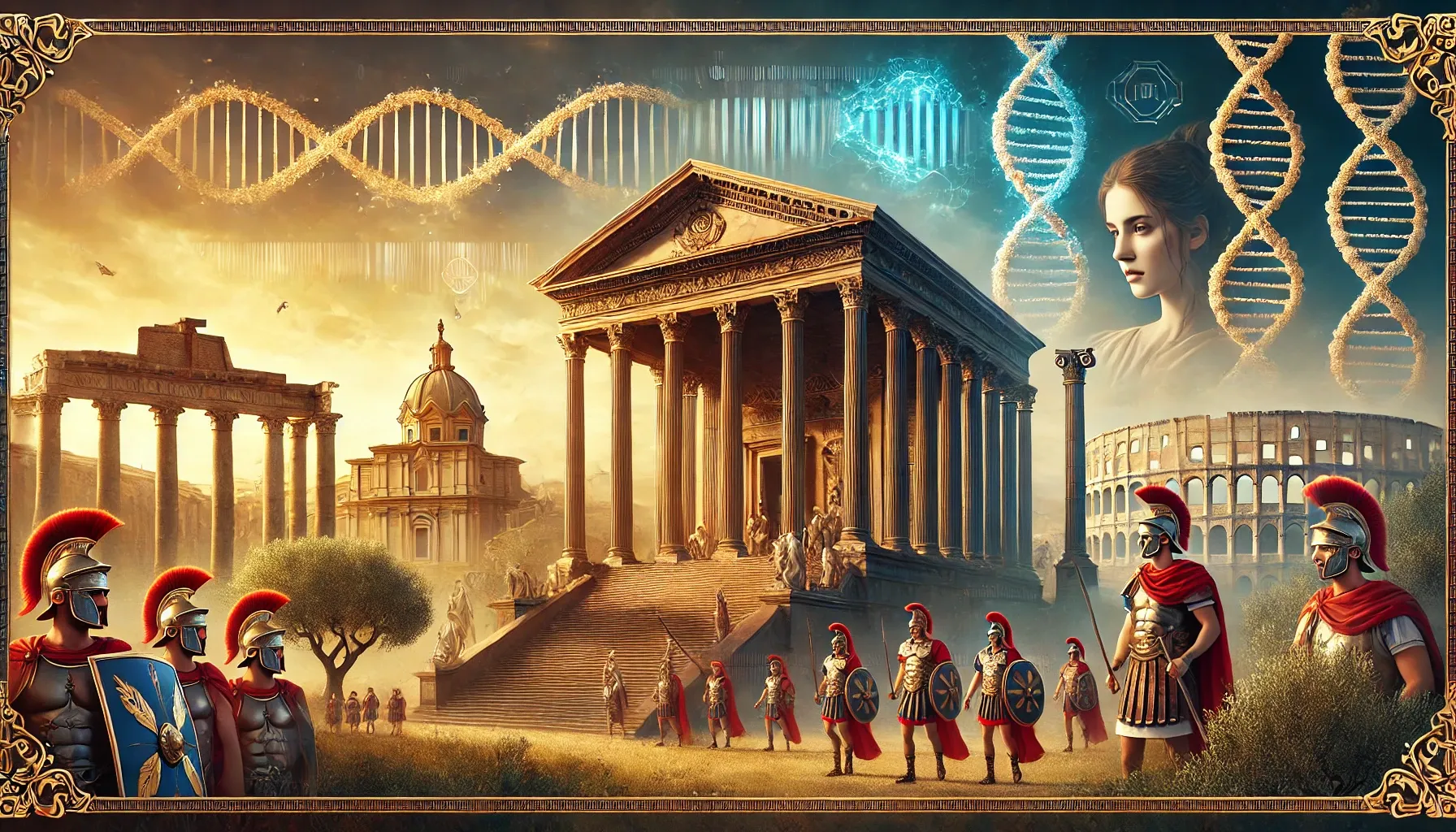Unearthing the Secrets of Castel Sozzio: Insights into Ancient Diets and Lifestyles





The Ancient Necropolis at Castel Sozzio
In the heart of the province of Viterbo, located in the municipality of Civitella d'Agliano, lies the fascinating archaeological site known as Castel Sozzio. This necropolis represents a remarkable treasure trove of history spanning from the Late Roman Period through the Early Middle Ages. Nestled in the evocative landscape between Lake Bolsena and the Tiber River, this burial ground paints a vivid portrait of ancient civilizations and their enduring legacy across centuries of cultural transformation.
The site was initially discovered in 1997 and later revisited with renewed vigor in 2020 under the distinguished leadership of Professor Emanuela Borgia from Sapienza University of Rome. Despite the absence of written records and limited material evidence traditionally available to archaeologists, the necropolis has yielded an extraordinary wealth of information through meticulous excavations and cutting-edge scientific analysis. The site reveals much about its forgotten past through the careful study of burial practices, skeletal remains, and innovative isotopic analysis techniques.
The necropolis is particularly notable for its diversity of tomb styles, which illustrate a remarkable continuum of occupation spanning multiple historical periods. These varied burial structures provide crucial insights into the diverse populations that once inhabited this region. The tombs range from modest earthen ditches to more elaborate stone-lined graves, often featuring multiple layers of deposits that suggest continuous use and cultural adaptation over time. Among the most fascinating discoveries are the distinctive cappuccino tombs, traditional pit tombs, and the more prevalent lithic case tombs, each whispering stories of long-lost lives and evolving burial customs.
When we read about vanished civilizations, it’s easy to forget that their descendants still walk among us. If you’re curious which of them you might share roots with, you can explore your own genetic links at www.mytrueancestry.com.
The variance in burial practices and the systematic recycling of graves suggest a rich tapestry of cultural transitions that occurred over several centuries. The site has yielded evidence of 70 individuals, revealing a diverse mix of men, women, and children spanning various ages and social statuses. These human remains, carefully studied through modern anthropological methods, contribute significantly to our understanding of these ancient inhabitants and their complex societal constructs. The graves themselves, often consisting of recycled materials, are notably modest in their construction, suggesting limited access to wealth among the buried populations.
The intriguing mixed orientations of burials and multiple depositional layers within individual graves invite fascinating hypotheses about ancient burial practices and their evolution throughout different historical periods. Some tombs, such as the remarkable T.15, contained multiple individuals including three women accompanied by eight skulls of various other individuals, suggesting single moments in time where these people were commemorated together, possibly indicating familial connections or communal burial rites that transcended individual identity.
While the graves of Castel Sozzio are characterized as frugally adorned, their very sparseness offers valuable insights into the social and economic conditions of the time. This absence of lavish grave goods contrasts sharply with what researchers might expect from higher-status individuals of the period, suggesting a population primarily composed of common folk who lived practical, humble lives rather than lives marked by material opulence or aristocratic privilege.
Of pivotal importance to understanding life at Castel Sozzio is the sophisticated isotopic analysis of the skeletal remains discovered at the site. By carefully evaluating carbon and nitrogen isotope levels preserved within bone collagen, researchers like Sonia Reyes Hidalgo have been able to reconstruct detailed pictures of the paleo-diet of this ancient population. This groundbreaking analysis not only informs modern scholars about historical dietary practices but also offers crucial clues about the broader environmental, economic, and social landscape of the Late Roman and Early Medieval periods.
From the comprehensive study of 25 carefully selected samples, including 18 human bones and 7 animal bones from species such as sheep, pigs, and even a domestic dog, unique and revealing dietary patterns have emerged. The findings consistently suggested a balanced diet incorporating both C3 plants such as wheat, barley, and various nuts typical of late Antique agricultural systems, alongside C4 plants like millet that emerged as dietary components over time. The analysis also revealed evidence of terrestrial animal proteins and possible consumption of freshwater resources, perhaps indicating strategic settlement advantages near important water bodies.
The isotopic signatures also help distinguish between different social or familial groups, possibly indicated by the proximity of graves sharing similar isotopic values throughout the necropolis. Remarkably, even the domestic dog found buried within the site revealed dietary patterns overlapping significantly with its human counterparts, suggesting the close bonds of domestic life between humans and their canine companions, likely indicating the animal's integration into human society as either a beloved pet enjoying food scraps or a working companion participating in hunting activities.
The discoveries at Castel Sozzio promise to fundamentally reshape scholarly understanding of the Late Roman and Early Medieval periods throughout this historically significant region of Italy. As excavations and analysis continue under international collaboration between Italian and British research institutions, it is confidently anticipated that many more secrets will be progressively unlocked, providing increasingly deeper comprehension of the daily lives, social structures, economic systems, and cultural practices of those ancient populations who called this area home.
Individual stories continue to emerge from careful scientific analysis, with both males and females from the site displaying intriguing alignments and divergences in their isotopic values. These variations whisper of shifting diets across generations and perhaps fluctuating social roles, economic opportunities, or cultural statuses within the community. The differences may point to specific associations with particular land use patterns, resource acquisition strategies, or seasonal variations in food availability that characterized life in this region during the transition from classical antiquity to the medieval world.
Particularly fascinating are the nutrient transitions evident in children's bones, which show clear evidence of dietary changes associated with breastfeeding patterns and the gradual introduction of solid foods. These biological markers provide unprecedented insights into ancient childcare practices, family structures, and the social organization of communities during this transformative historical period when Roman traditions gradually evolved into distinctly medieval cultural patterns.
As archaeologists, historians, and scientists continue their collaborative exploration of Castel Sozzio, each new discovery adds another crucial brushstroke to the vibrant and ever-expanding canvas of human history. The ongoing research, supported by insights drawn from similar interdisciplinary studies conducted across various Italian regions, ensures that the isotopic analysis and archaeological investigation at Castel Sozzio will continue enriching our fundamental understanding of how the inhabitants of this historically significant land lived, thrived, adapted, and ultimately survived through the dramatic cultural transformations that characterized several centuries of European development. This necropolis stands as an enduring testament to human resilience and the continuous threads that connect our modern world to the ancient past through the eternal cycles of life, death, and remembrance.
Discover how your DNA connects to ancient civilizations at www.mytrueancestry.com.
Comments